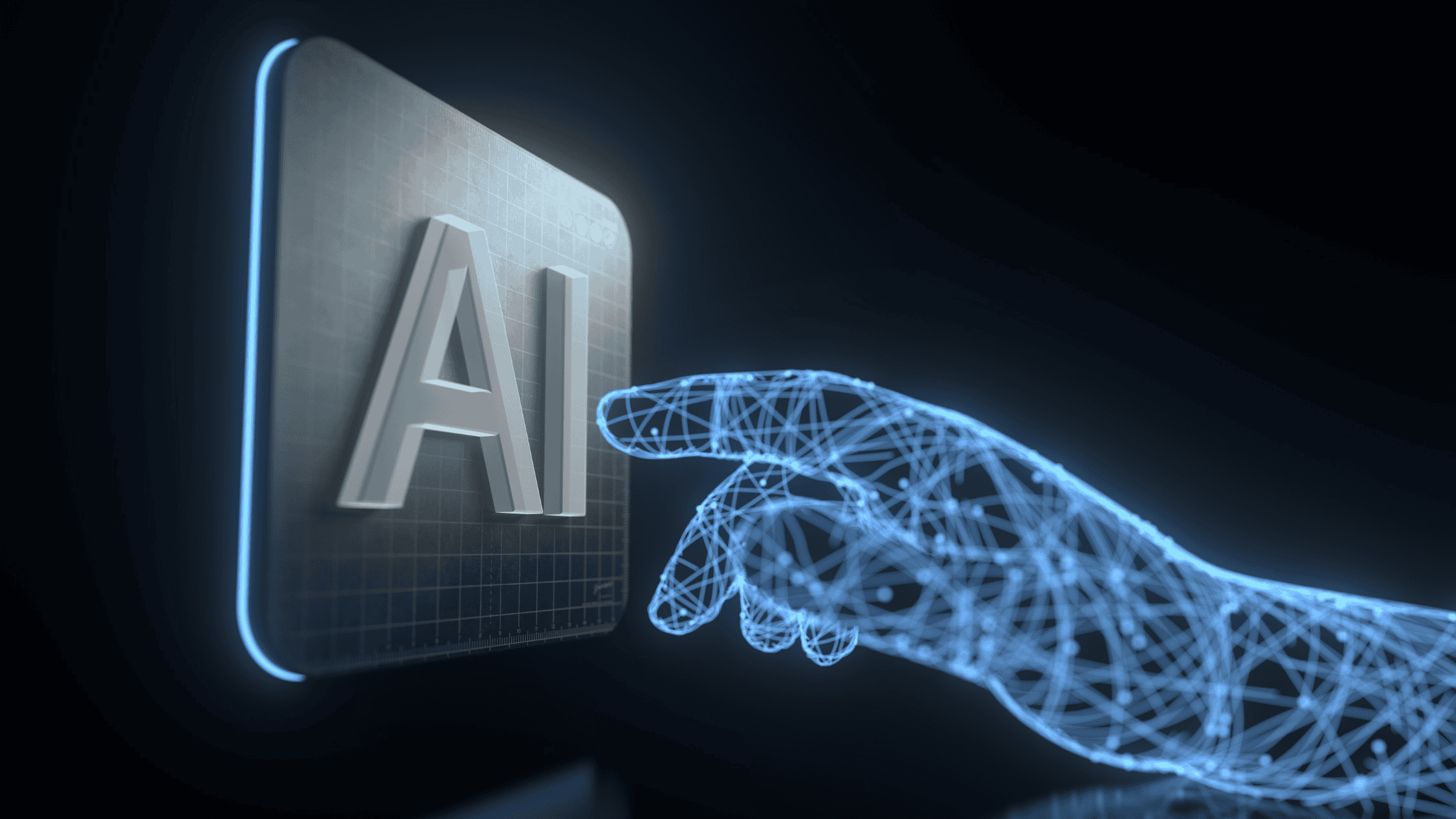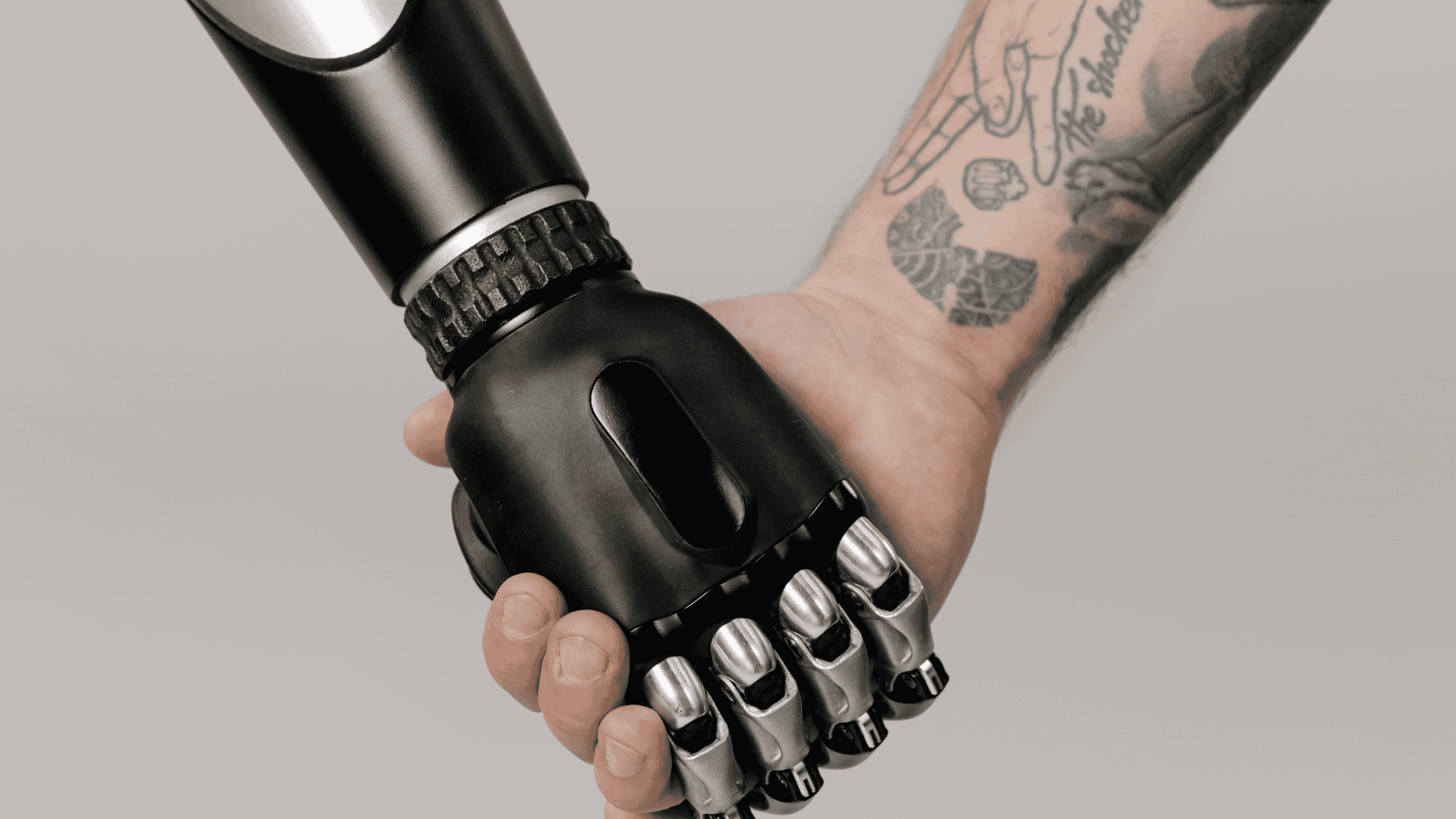The AI Displacement Myth Series: Understanding the Real Impact

The rise of Artificial Intelligence (AI) and automation has sparked headlines predicting massive job losses. While uncertainty is real, the story is not one of doom. It is one of transformation and opportunity. Clear, concise, and grounded in real-world data, this article examines the human and practical sides of AI-driven change, providing a perspective of hope and empowerment.
Human and Practical Sides of AI-driven Change
Job Displacement
According to the World Economic Forum’s 2025 Future of Jobs Report, approximately 92 million jobs are projected to be displaced globally by 2030 due to the impact of AI and automation. These roles are mostly characterized by routine, repetitive tasks, such as administrative support, basic manufacturing operations, and data entry. These numbers are not meant to alarm; they serve as a call to awareness and preparation.

Job Creation
On the other hand, AI is expected to create 170 million new jobs, spanning fields such as AI and data analytics, software development, AI ethics and governance, and roles that emphasize human creativity, empathy, and strategic thinking. These are opportunities to step into work that challenges, inspires, and grows human potential. These are not just replacements, but entirely new paths.
In many organizations today, AI is taking over repetitive tasks such as responding to routine customer inquiries, processing claims, or generating reports. Employees in these roles are now moving into positions that require oversight of AI systems, interpretation of AI-generated insights, and the design of better customer experiences. By learning to collaborate with AI tools, workers are taking on higher-value responsibilities that leverage human judgment and creativity.
Net Impact
Combining displacement and creation, there is a net gain of 78 million jobs projected by 2030 (Exploding Topics, 2025). This indicates that while some jobs are lost to automation, new roles emerge that require human skills such as critical thinking, leadership, and innovation. The net gain highlights a significant transformation: work is evolving, not disappearing. Those who embrace lifelong learning, reskilling, and AI collaboration are positioned to thrive in the new job landscape, moving into roles that are more strategic, creative, and human-centered.

Challenges Ahead
Even with promising numbers, challenges remain:
- Skill Gaps: Many workers will need retraining to succeed in new roles.
- Regional Disparities: Advanced economies may benefit more quickly, leaving some regions behind.
- Pace of AI Adoption: Rapid implementation without strategy can increase inequality.
Finding Hope in Change
This is a moment to embrace adaptability. By investing in learning, upskilling, and curiosity, individuals and organizations can harness AI as a tool for growth, not fear. It is a shift that invites humans to do what machines cannot: connect, create, lead, and empathize.
Conclusion
The narrative that AI simply eliminates jobs is incomplete. Data shows a transformed workforce with new opportunities and hope. Awareness, adaptability, and proactive reskilling are key to thriving in this AI-driven era.







Responses